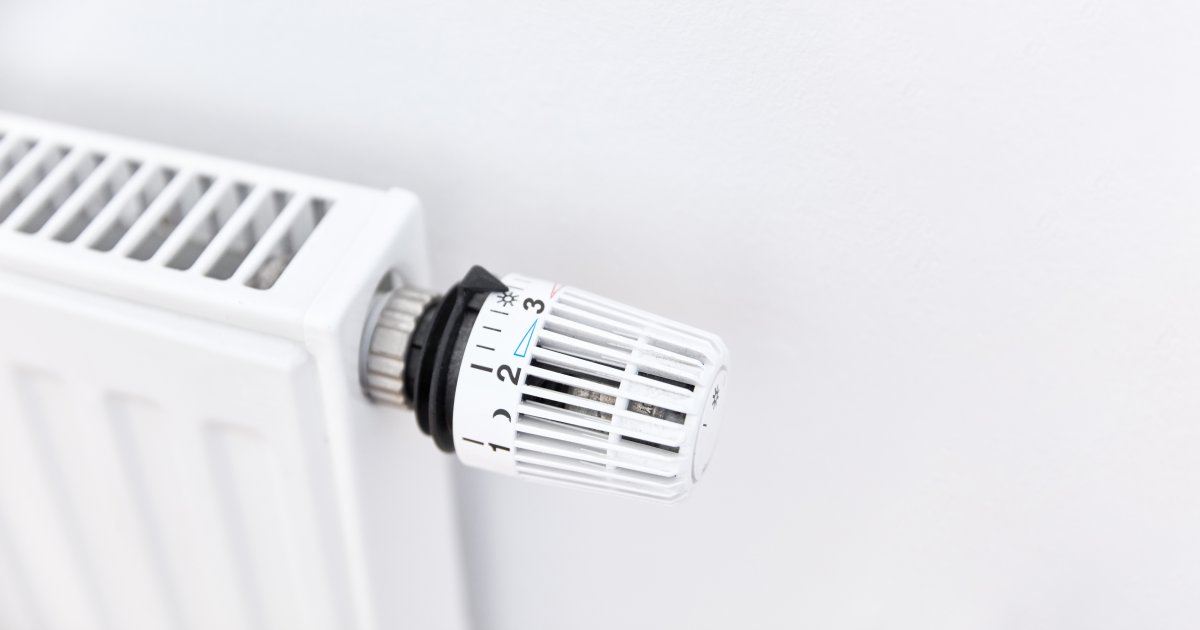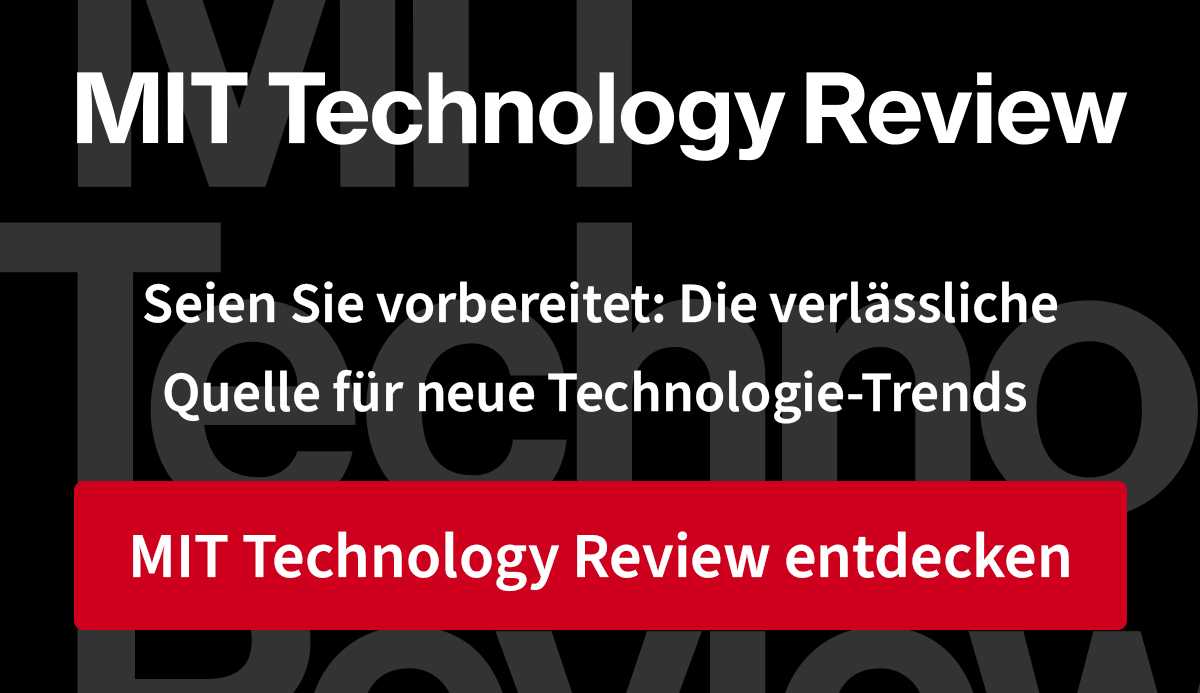How can the many old apartments be made more climate-friendly? The question is just as urgent as the answer is unsatisfactory, because conventional heat pumps usually cannot be used there. The “LowEx in stock” research project funded by the Federal Ministry of Economics has now submitted several proposals in its final report. The Fraunhofer Institute for Solar Energy Systems (ISE), INATECH at the University of Freiburg and the Karlsruhe Institute of Technology were involved.
Old radiators are often a problem in existing buildings. They are designed for high flow temperatures, which heat pumps cannot deliver or can only deliver with a great deal of energy. In a demo project in an existing apartment building in Karlsruhe-Durlach, the researchers found that replacing just seven percent of the radiators with more modern ones can be enough to reduce the necessary flow temperature by 10 degrees and the energy requirement by 40 percent. “The measure is highly economical and makes sense from an economic, energy and ecological point of view,” says the report.
Heat solutions for densely built-up inner cities
Another difficulty: there is often not enough space for air heat exchangers or geothermal probes in densely built-up inner cities. Here the study proposes “photovoltaic-thermal combination collectors”. They consist of solar modules with a rear heat exchanger. With an adequate design, an annual performance factor “between air and brine heat pumps” can be achieved, according to the result of a simulation. “A good compromise between high performance and low investment costs can be achieved thermally with a collector area of approx. 3 – 5 m²/kW. In all multi-family buildings considered (small, medium-sized, large), the roof areas are more than sufficient to provide the required source heat To make available.”
In another part of the building, the researchers installed a heat pump that uses both outside air and geothermal heat. This also helps to save space. “In the first six months of operation, the multi-source hydraulic system achieved high source temperatures with an average of 8 degrees Celsius, which contributed to a good annual performance factor of 3.2 in the first six months of operation evaluated (February to July 2022),” is the result.
“Bivalent” heat pumps approach the problem of the lack of space and the high flow temperatures from a different angle. There are often only a few, very cold days a year when the maximum heating output is required. If heat pumps have to cover this peak load, they are oversized for the rest of the time. In bivalent systems, another heat source, such as a normal gas boiler, takes over this peak load. Taking into account the development of electricity and gas prices, the study determined that the heat pump can economically take on up to 95 percent of the heat supply.
Heat pump in gradual renovation
“The use of bivalent systems is seen on the one hand when there is limited space available for the heat source, but especially in the case of gradual renovation,” says the report. “Here, a heat pump can be used before the envelope is renovated and operated together with the conventional heat generator. After the renovation, the heat pump takes over the heat generation as completely as possible.”
The authors leave it open what the occasional use of fossil fuels means for the emissions balance: “The emission advantage of mono-energetic heat pumps is not very robust because it depends heavily on the proportion of power-to-gas or green hydrogen in the gas network.”
Another point of the report concerns the often overlooked hot water generation. After all, the more efficient the heating, the greater the share of hot water in the overall energy consumption of the house – and it is not so easy to reduce it. For hygienic reasons, centrally heated drinking water should be at least 60 degrees, although around 45 degrees would be completely sufficient for showering.
Decentralized drinking water heaters in the apartments promise a remedy – or a central “ultrafiltration” for the mechanical fight against legionella. This can reduce energy consumption for hot water generation by up to 58 percent. However, according to the report, ultrafiltration has not yet been adequately tested. Therefore, the “hygienically flawless operation must be proven by regular legionella sampling and the responsible health department involved”. The “gradual reduction in temperature” can only be started after a successful initial examination.

(hrm)

